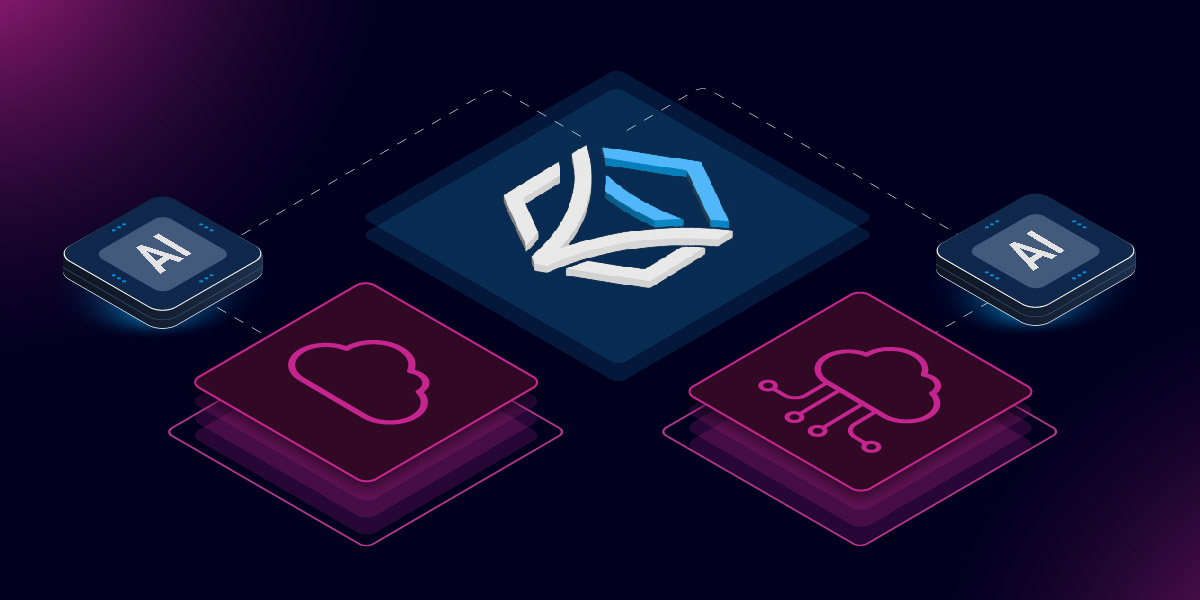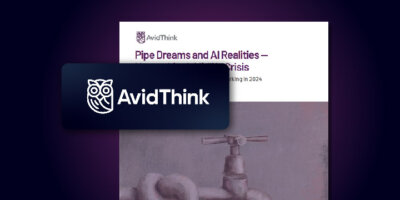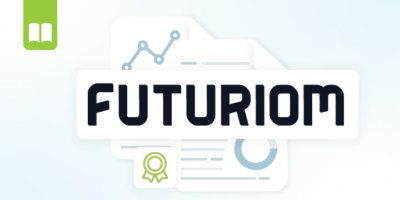Share this

I have over a decade of experience working in the networking and software industry, starting as an electronics and telecommunications engineer and progressing through computer engineering to working on complex solution engineering projects with high-performing teams and leaders. I’ve seen the network engineering industry evolve over time, and all recent signs are pointing to another significant step.
With the rapid development of GenAI, we’re at the beginning of what could be a significant step forward for accelerating service delivery across complex hybrid infrastructure.
Lately, I’ve visited several companies evaluating Itential, and I’ve seen an emerging pattern: infrastructure domain teams have made advancements with their own individual domain automation strategies and tooling. Now, these organizations are looking to extend automation across multiple domains, building flows that connect domain-specific technologies from an organizational standpoint to deliver end-to-end services.
Today, we see AI developing at a rapid pace and teams continuing to seek new ways to deliver infrastructure more efficiently. The evolution of AI along with the continued improvement of domain automation can lead us to a next step that unlocks new levels of infrastructure efficiency: orchestration powered by AI smart interfaces (APIs, Text-Based, Voice Interfaces, Virtual Assistants with GUIs, and possible integrations with AR/VR interfaces). Domain-specific AI agents can sit on top of automation domains so orchestration platforms can interface with domains as quickly and easily as possible, accelerating the creation and delivery of complex infrastructure services.
Why Orchestration Matters: Networking & Restaurant Menus
When a network change process can be orchestrated as a single end-to-end workflow, it can be delivered as a product (e.g. in a ServiceNow catalog, or through an API to be called by a CI/CD pipeline). Think of a restaurant. You go in, you order something to eat, right? All you need to do is look at the menu, decide what works best for you, and tell the waiter your order.
Now imagine if the waiter said, Great choice, how do we make it? And where should we source our ingredients?
It would be crazy. But often, ordering network services can look a lot like that. From the consumer’s perspective, ordering a service shouldn’t mean being an expert in how all of the different components fit together. It should look a lot like ordering a dish at a restaurant — express an intent and receive the desired product. And from an organizational standpoint, you need to have the flexibility to take orders from different people and different systems at scale.
How can we build systems that enable the delivery of complex, highly customized infrastructure services at scale?
The answer is extending automation across domains, going to the next level above domain-specific automation verticals. A platform that can coordinate automations across domains and deliver end-to-end outcomes enables greater flexibility and velocity. Orchestration doesn’t require everything to be interoperable across domains and vendor solutions — but it does mean domain teams and vendors must provide ways to easily interface with the automation capabilities they can deliver.
How Orchestration Has Developed Over Time
Exposing capabilities for others to interface with has a long history in networks and infrastructure. The first level was calling people to go switch physical cables, coordinating a process between different human agents.
Moving forward, we saw the virtualization of interfaces and technologies — you could buy a rack, connect one power supply, one wire, and split traffic inside the virtual environment. Virtualization is especially prevalent in cloud, and leveraging virtual environments has become crucial for every IT organization and application development team out there.
Then, ideas about network automation started to take hold. From Perl to Python, this area has seen significant development over time. When network engineers can make changes programmatically, they are able to deliver services much more quickly—but until recently, even code-driven network automation has required significant manual effort for activities like data gathering, inputs, checks, validation, and audit logging.
The next step is how infrastructure is primarily consumed today — machine-to-machine communication through REST API interfaces.
To allow systems to consume services from other systems and domains, the industry has come together around standard APIs. This is what makes Itential so effective in terms of workflow orchestration across all of your technology and network domains — workflows can easily be built to interface with a variety of systems through the use of APIs.
By orchestrating a process with Itential based on APIs, teams can abstract away the individual components of a service when it’s delivered to end users as a single endpoint of the Itential API. The end user can consume the service from a catalog point of view, e.g. from ServiceNow, or they could integrate with existing business processes that facilitate API integration.
Today’s API-driven networking ecosystems are a significant step forward already. But, if you think about an Itential workflow (or any infrastructure orchestration platform), each individual query to an API endpoint must still be represented as a task. If individual domains can expose their own automation capabilities as more dynamic, easy-to-consume services, this could make the orchestration process cleaner by handing off the responsibilities for each component of a service to particular end systems.
How would this be done? With evolutions in natural language processing (NLP), data, and GenAI, it will be possible for domain teams to present AI smart agents that understand domain-specific context and act as interfaces on top of highly complex domain automation stacks, allowing services to be orchestrated rapidly at scale.
The Next Evolution: Orchestration With AI Smart Agents
By placing a smart agent on top of an automation domain that has the ability to interface down a layer with all of the various systems and assets within that domain, a multi-domain orchestrator like Itential can simply interact with each domain AI instead of going endpoint by endpoint.
For example, you could have firewall AI agents that understand the specifics of firewalls, and then agents a level underneath to understand each of Panorama, Fortinet, and AWS firewalls. Today, machine-to-machine communication is driven by APIs. AI smart interfaces are the next step. A user will be able to input a request with text/natural language to a user portal powered by an orchestration platform. Then, a chain of different AI agents can interpret the request and query more specific interfaces across different domains and systems. A master/orchestrator AI interface on top can then query different domain AIs who in turn query system-specific AIs, acting as negotiator AIs in this multi-step chain.
This is how AI can be used in networking and infrastructure with a high degree of confidence, since there is always granularity in how system specifics are understood by its own AI smart interface.
It might sound ridiculous to say that ordering a complex network service could be this simple. But I believe with the evolving capabilities of AI, this is the next logical step for networks and infrastructure. This approach, where every link of the chain has its own AI interface, is much more scalable than trying to have a single AI solution that does everything, and it’s much more realistic than expecting vendors to commit to building tools that are directly interoperable with other vendors’ technology. And as long as capabilities can be exposed to AI smart interfaces, such as APIs, Text-Based, Voice Interfaces, Virtual Assistants with GUIs, and possible integrations with AR/VR interfaces, vendors can just focus on building the best possible tools and infrastructure teams can focus on improving their individual automation stacks. And we can be confident that all capabilities can be exposed for orchestration.
Watch this recent video to see our CTO discussing the potential of AI in network automation and orchestration. You’ll also see a recent AvidThink report on AI in networking, which is a great source for in-depth research on how organizations can build a roadmap for successful AI implementations.




